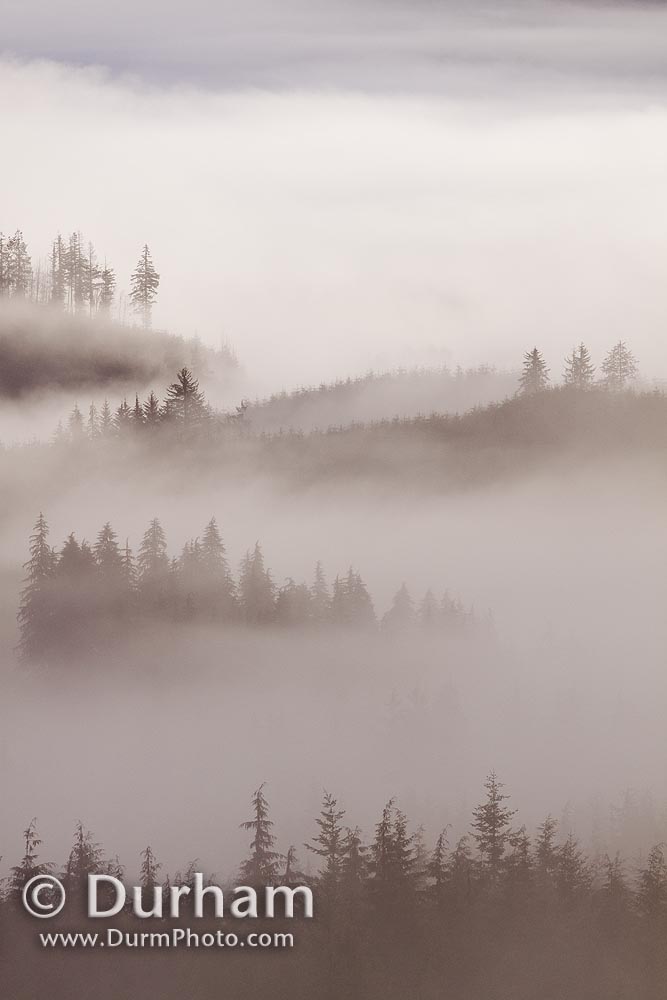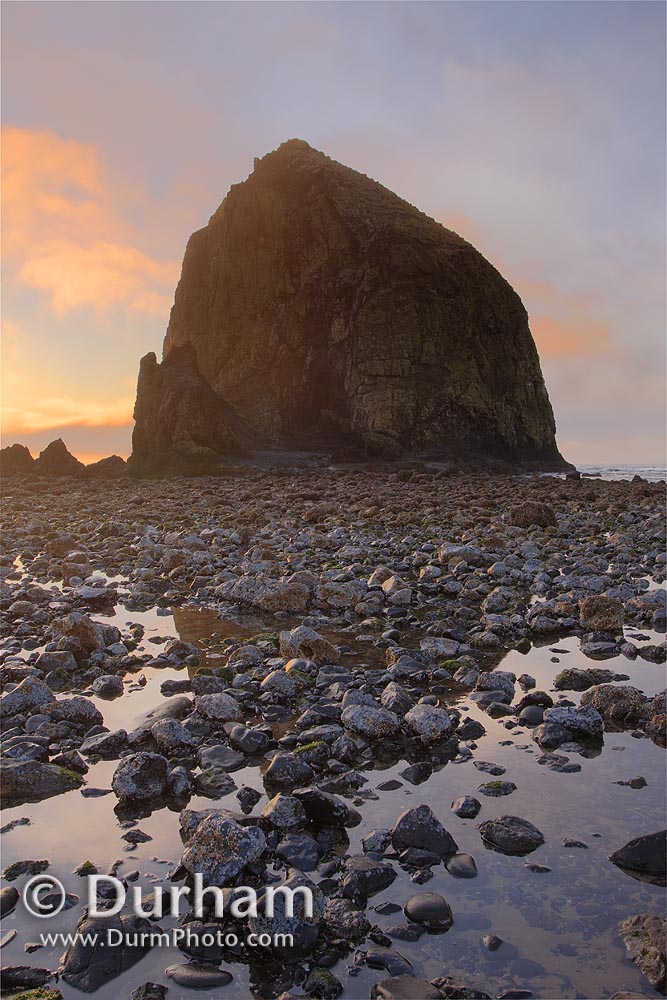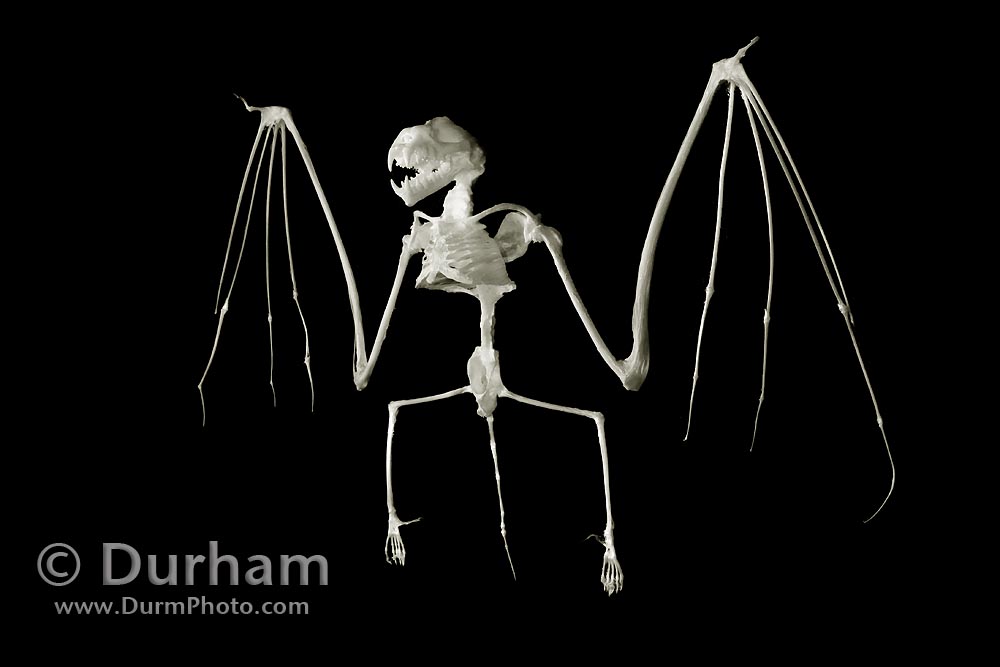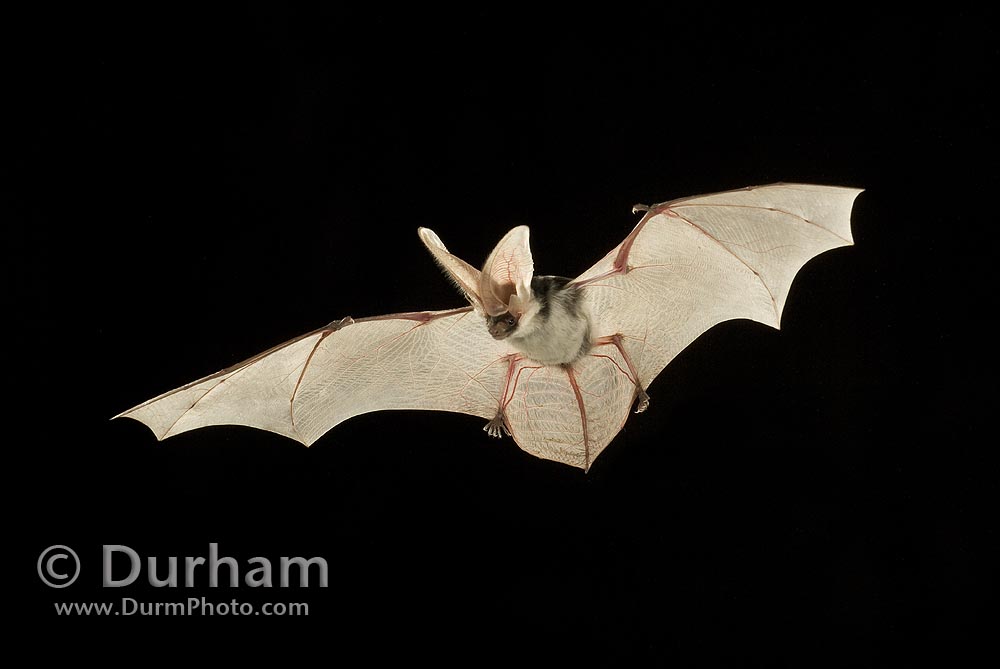In this case, young trees are growing out of the stumps of trees harvested 70 years ago, so they are remnant stumps, not logs. The wet temperate rain forest along the north Oregon coast helps the stumps to break down at an accelerated rate. In this case, western hemlock seedlings gained purchase and grew to adult trees suckling on the dead stumps.
The result is rather sculptural, and I dragged some heavy duty studio lights into the forest so I could highlight some of the more interesting visual characteristics of the nurse logs.

Here a western hemlock (Tsuga heterophylla) is balancing on the rotting stump of a douglas fir (Pseudotsuga menziesii)
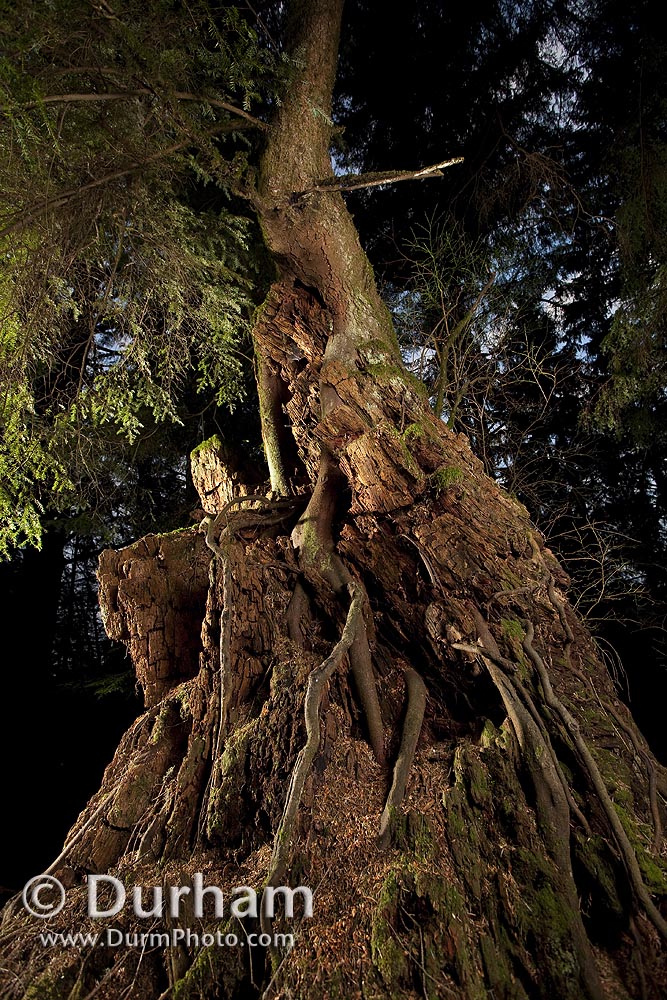
Below - A sitka spruce (Picea sitchensis) stump is surrounded by adult western hemlock trees, The roots still piercing the rotten wood of the stump.

Decaying trees are mini ecosystems unto themselves, providing shelter and food for fungi, lichen, small mammals, birds and untold populations of invertebrates. Below, a biologist holds the large larva of a giant root borer (Prionus californicus), which burrows through soft wood of various trees.
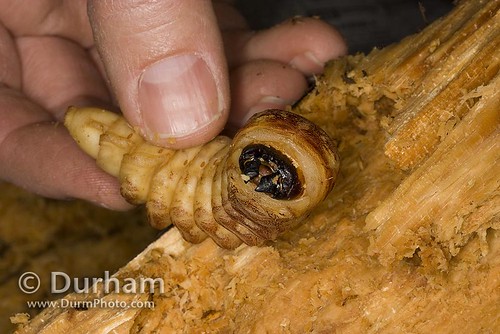
The stumps were photographed at property managed by the North Coast Land Conservancy not far from the Necanicum River on the northern Oregon Coast.

